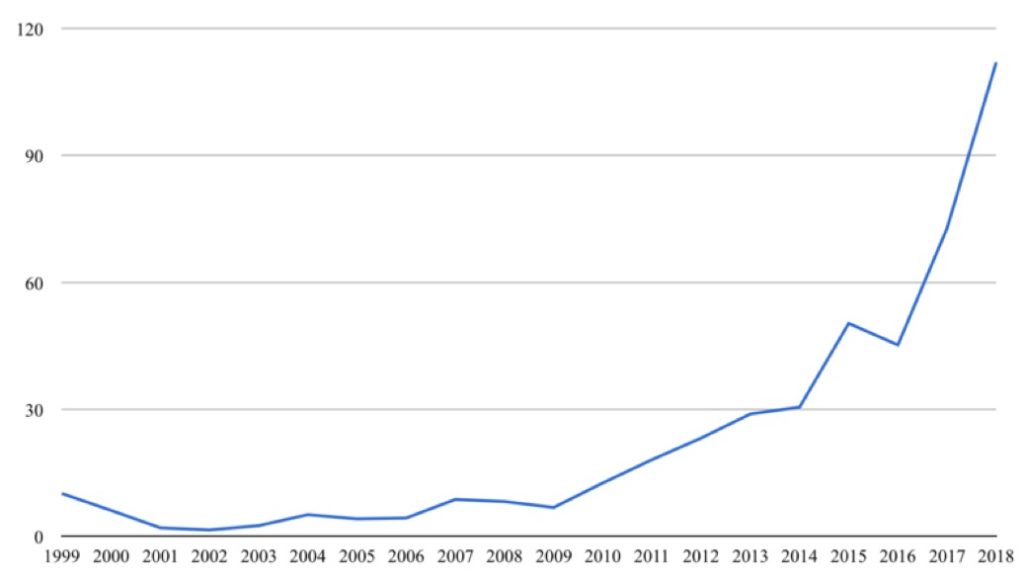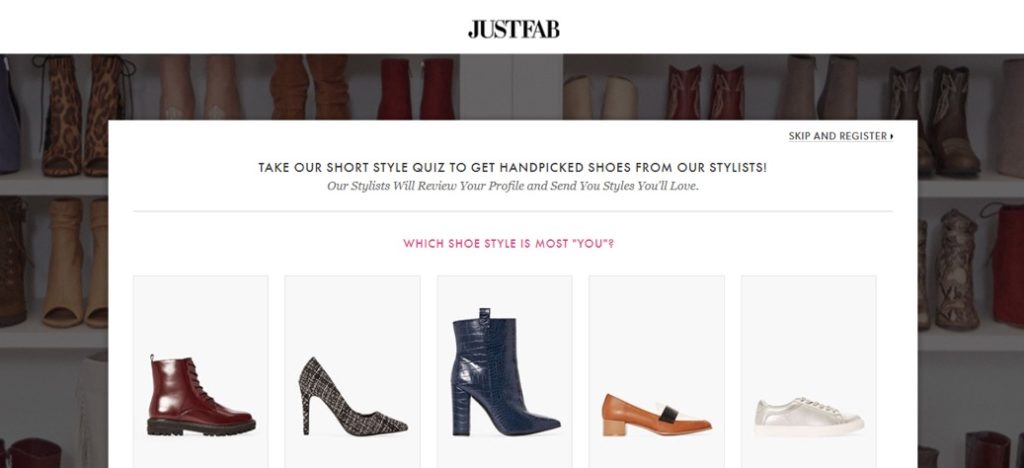Curation and Personalization: How (Not) to Compete with Amazon
Back in May, with the world reeling from the first wave of the pandemic, Amazon quietly leaked an extremely important piece of information: they had changed the date of Christmas.
In a manner of speaking, at least. As The Hill reported at the time, what they actually announced was that “Prime Day,” the biggest discount event on the mega-platform and which results in a massive sales surge for the company, would be moved from July to September. What this meant, aside from $6.1b billion in profit for Amazon, was that the holiday season started early. The huge spike in online sales in September has now extended into November and doesn’t look like it will let up anytime soon.
For smaller companies – that is, everyone else – it might not seem that there is much to learn from this story. But that is exactly my point. Today, most companies look to Amazon as a model for their marketing activities and perhaps they shouldn’t. While the mega-retailer has been phenomenally, absurdly successful, that doesn’t mean there is only one route to success.
In this article, I’ll explain why Amazon’s model might soon be obsolete, and how you can benefit from that.
Amazon and Total World Dominance
Though it might not look like it when you examine Amazon’s sales numbers and CEO Jeff Bezos’s current position as the richest man in galactic history, the company actually has a little bit of a problem: the world is not enough.

It will soon be so dominant in many consumer markets that it will be unable to grow any further. To make matters worse, the scale of the company now means that it risks becoming unmanageable, even with the vast team that Amazon has deployed to do just that. Research now indicates that more than 61% of electronics reviews on the site are fakes and that consumers are losing trust in the platform.
Amazon seems to be aware of this and has dedicated much effort during the early part of the holiday season attempting to counter the narrative. They are busy optimizing their website for the holidays and seem to be pursuing a more aggressive A/B content testing strategy. The focus of these techniques? To put personalization back at the center of Amazon’s brand.
And this is precisely where smaller businesses can learn a valuable lesson.
The End of Machine Personalization
In talking about automatic personalization when it comes to Amazon, we immediately run into a problem: the company essentially invented the concept. Bezos’s brainstorm has been running its machine learning personalization system for almost a decade now. It has become so well known that it now underpins many similar engines in use by similar online stores.
There are signs, though, that this kind of AI-driven curation is losing ground among consumers. This is because it turns out that consumers want their personalized recommendations to be … well … personalized. They resent being reduced to a demographic. Where it is obvious that this is happening, they tend to stop paying attention (at best) or actively seek to subvert the algorithm (at worst).
Take Amazon Prime video as an example of this. Back when the service first launched, Amazon thought that it could use exactly the same algorithm to recommend shows to watch as the one it uses to show customers DVDs they might be interested in. It turns out – as any UX researcher could’ve told them – that the way that customers interact with these two distinct services is similarly distinct.
When looking to invest in physical media, customers are cautious. In fact, given the imminent obsolescence of media-based products, it’s tempting to conclude that a large proportion of these purchases are presents for elderly relatives. This is hardly the time to explore that new, “difficult” Korean drama that your artist friend told you about; that’s what Prime Video is for, especially if the show is so obscure you have to deploy a VPN that makes it look like you’re halfway around the world to watch it.
To cut a long story short, my point here is that there is little point in trying to sell more books than Amazon. But you can introduce your customers to new types of books (music, experiences, etc.), and use this process to build genuine connections.
Personalization by the Numbers
I’m hesitant, of course, to suggest that small, fragile companies go completely off-course and start to think that they don’t need to look at the numbers on how their business is performing. The standard ways to increase ecommerce conversions are as important as they always have been. It’s just that new methods are emerging that might be more effective for companies not named Amazon.
To see why, take a look at the slew of rapidly-growing companies that now offer genuinely curated selections of products and services. You will notice, of course, that these firms use some of the exact same techniques – primarily segmenting audiences into personas – that consumers purport to dislike about Amazon. The difference, though, is that these personas are inherently aspirational.

In other words, rather than trying to predict what a customer will want next, these companies provide the answer. By positioning themselves as leading voices in their chosen market, they are able to pay less attention to consumer trends and instead make their own.
This, as you will also notice, is a major deviation from the Amazon way. In fact, the platform has always been driven by the idea that the company that runs it is largely ambivalent about the quality (or otherwise) of the products that appear there. This lack of responsibility might just be one of the reasons why consumers are starting to lose trust in the brand.
Another is that Amazon is simply too faceless and anonymous to capture the imagination of today’s consumers. As surveys have shown, millennials (and, to an even greater extent, Gen Z) want the brand they do business with to talk to them as fellow humans. Amazon, for all its success in extracting money from their parents, looks like a dinosaur in this regard.
The Future
For many businesses, the post-Amazon ecommerce landscape will be a scary place. We are witnessing a process in which many of the certainties that characterized the early digital era are being overturned. It appears, for instance, that consumers now have access to so much choice that it is actively distressing. Instead of a company offering them a hundred types of shampoo, they want to be told which is the best, and why.
Obviously, Amazon isn’t relinquishing its status as an ecommerce behemoth and isn’t going away any more than the old reliable sun but is entering a phase where it will not be able to compete with smaller, more agile, and above all cooler brands.
As such, it is one that should be utilized by these smaller companies. So the next time you are going through your web analytics, and you realize that customers are clicking away from a particular product, don’t take the Amazon approach and promote it more. Instead, make user-generated content work for you and point out to your customers why they should want it.
Written By
Brian Skewes

Edited By
Carmen Apostu


